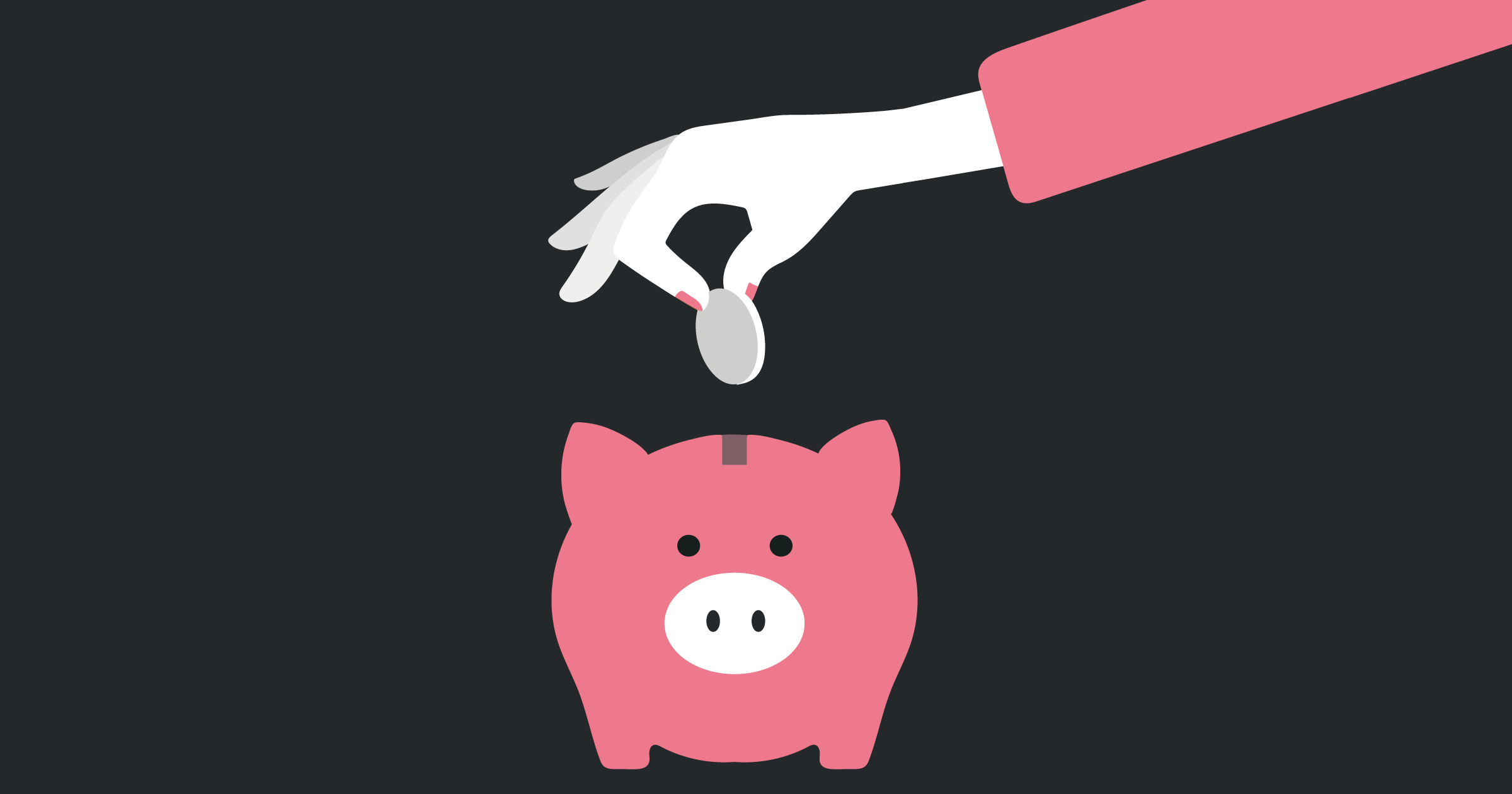
 ISAs are a popular saving tool as they are readily available, and the concept of their tax-advantageous status is well known. There are a number of different types of ISA, suitable for a range of purposes, goals and scenarios.
ISAs are a popular saving tool as they are readily available, and the concept of their tax-advantageous status is well known. There are a number of different types of ISA, suitable for a range of purposes, goals and scenarios.
What is an ISA?
ISA stands for an individual savings account and any interest, dividends, or capital growth within them is not subject to tax. ISAs can either be CashISAs or Stocks and Shares ISAs.
In terms of their suitability, Cash ISAs tend to be used for short-term saving, when you may need access to the cash in the relatively near future, or if you have little capacity or tolerance for risk. Stocks and Shares ISAs – as with all stock market investment – tend to be more suited to a longer-term strategy, i.e. when you don’t intend to use your savings for at least five years, due to the need to ride out the shorter term ups and downs of the stock market. It’s also wise to have plenty of eggs in your investment basket. Your ISA provider will likely offer you options of funds, which invest in lots of stocks for you, so you do not need to be a stock market enthusiast to benefit from the potential higher growth in a stocks and shares ISA.
You can have both a Cash ISA and a Stocks and Shares ISA, although there are annual limits to bear in mind which we will cover below.
Types of ISA
There are four main types of ISA:
ISA – the standard Individual Savings Account and they themselves have some variations.
- Instant/Fixed – this is in relation to Cash ISAs. If they are instant, you can access your funds at any time. Fixed ISAs will benefit from a higher interest rate but if you withdraw your cash during the fixed period there will be a penalty.
- Flexible/Non-Flexible – if your ISA is flexible, you can withdraw your funds and pay them back in within the same tax year without impacting your allowance.
JISA – the Junior Individual Savings Account, where parents can save for their children, taking advantage of the tax-free environment. Their predecessor was known as a Child Trust Fund and the child can manage the account from age 16 and can withdraw the funds from age 18. Just remember, if you invest in a JISA for your children, it becomes their money and so you cannot withdraw it again.
Help To Buy ISA – available as a Cash ISA only, these were to help first time property buyers (on properties up to £250,000 or £450,000 in London). The government pledged to give first-time buyers a 25% boost to their savings between £1,600 and £12,000 (so a bonus of £400 to £3,000) when buying their home. It is not possible to open a new Help To Buy ISA account but if you already have one you can continue to save into it until November 2029.
LISA – While new Help To Buy ISAs are no longer available, that 25% boost is still available in the newer Lifetime Individual Savings Account for new accounts if you are under the age of 40. These accounts are to help either first time buyers (on properties up to £450,000) or those saving for their retirement. You receive the 25% bonus immediately on savings up to £4,000 per year (so a bonus of £1,000 per year) until the age of 50 but the catch is that the funds can only be withdrawn for buying your first home or if you are over the age of 60. If you withdraw them for any other reason, there is a penalty of 25% which may leave you worse off than when you started.
| Type | ISA | JISA | Help To Buy ISA | LISA |
| Who can use it? | Age 18s+ | Pre age 18 | Only existing account holders. | New accounts must be opened pre age 40 and contributions can be made until age 50. |
| Government bonus available? | No | No | Yes – 25% on between £1,600 and £12,000 | Yes – 25% |
| How much can you contribute currently? | Up to £20,000pa | Up to £9,000pa | Up to £200pm | Up to £4,000pa |
| When can you access it? | Anytime without penalty unless a fixed ISA | You – never (apart from exceptional circumstances). Your child – when it converts to an ISA at age 18. | Anytime, but you only receive the bonus if you are buying your first home. | Without penalty, when you are buying your first home or are age 60. |
Allowances
You can have many ISAs but can only save into one cash ISA (including Help To Buy) and one Stocks and Shares ISA each year.
There is currently an annual allowance of £20,000 for the total amount you can save into your ISAs every year and it applies across both cash and stocks and shares. So, for example your £20,000 allowance could consist of £16,000 into a cash ISA and £4,000 into a stocks and shares LISA.
Transfers
You can transfer one ISA into another one, including transferring a cash ISA into a stocks and shares ISA. However, if you are planning on doing this, do ensure the old ISA is transferred rather than funds withdrawn so that you don’t lose your built-up tax-free allowance.
Summing up
An ISA can be a useful saving tool at any age but start with a concept of what you might be saving for and what access you may need to your money, as this will be the driver of what type of ISA is appropriate for you.
If you need further guidance around the benefits of ISAs, or any other aspect of your financial planning, please get in touch.







